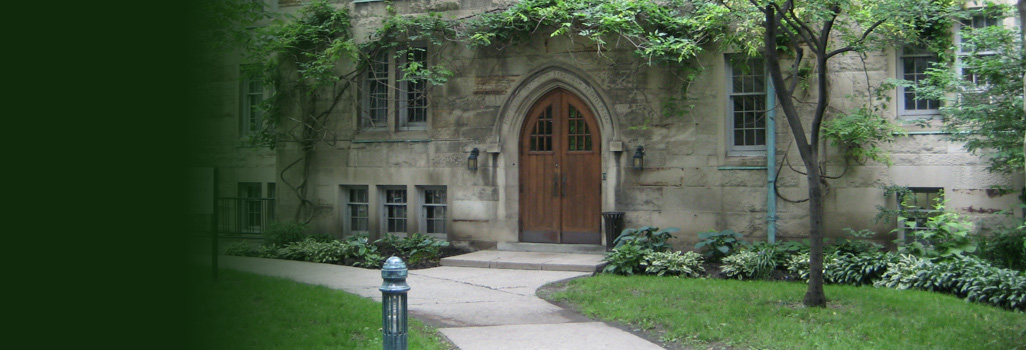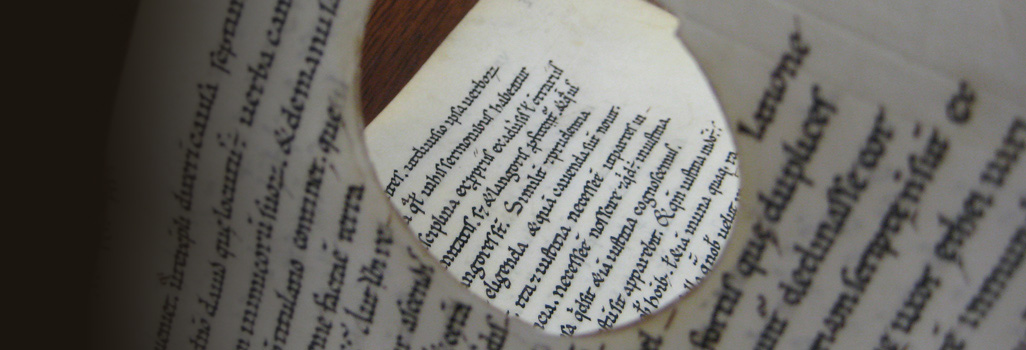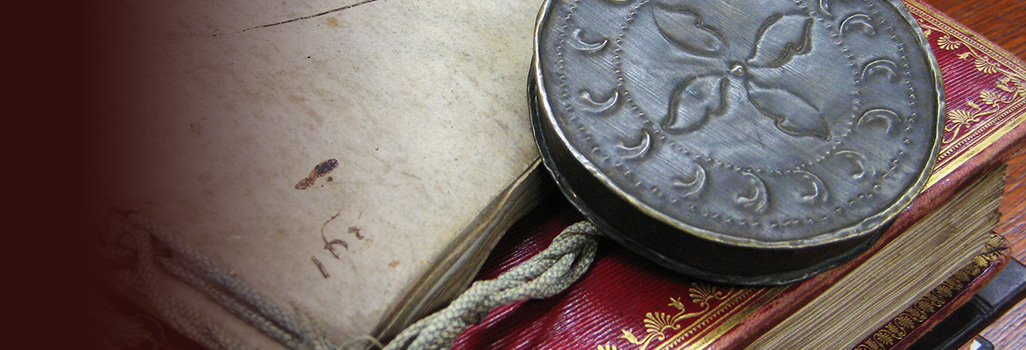Erasmus Lecture: “El Greco at the Saint Joseph Chapel at Toledo: Working for a Converso Family”
Fernando Marías (Universidad Autónoma de Madrid)
The Centre for Reformation and Renaissance Studies is pleased to present the Annual Erasmus Lecture.
Our understanding of Doménikos Theotokópoulos, ‘El Greco’, has changed over the last thirty years, and a new image of him has emerged, more a humanist painter and architect and less a mystical and religious artist. Nevertheless, apart from his work as a portraitist, he produced mainly religious pictures. This seeming contradiction can be resolved by analyzing his work as a social construction that integrated the differing agendas of client and artist.
The Chapel of San José (St Joseph) or of Los Capellanes (The Chaplains) are two of the best preserved examples of the combination of art and architecture in late sixteenth-century Toledo. They are best known, however, because of the altarpieces designed and executed El Greco (1597–1599).
These paintings have never been analyzed in the context of the social and ideological quarrels in the Imperial city of Toledo. These case studies demonstrate that the social situation of El Greco’s patrons was far more complex and significant than previously realized. A lawsuit has come to light, waged by the city against the founders and patrons of the chapel, who had been mistreated because of their converso origins. Indeed, their grandparents had been executed by the Inquisition. This legal case offers new insight into goals and visions of both El Greco and his patrons.
Fernando Marías (Madrid, 1949) is Professor of Art History in the Universidad Autónoma de Madrid.
He also has been Fernando Zóbel de Ayala Visiting Professor of Spanish Art en Harvard University (1989-90), and Samuel H. Kress Senior Fellow at the CASVA in the National Gallery, Washington D.C. (1994-95). He has received a Senior Research Grant from The Getty Grant Program (1993-95) with Prof. Richard L. Kagan (Department of History, The Johns Hopkins University. He has taught graduated courses in France (Université de la Sorbonne IV in Paris), Italy (Università di Roma3 in Rome, Università di Palermo and Università di Siracusa in Sicily), and in the USA (University of California Los Angeles). He is presently Vicepresident of the Centro Internazionale di Studi di Architettura ‘Andrea Palladio’ in Vicenza (Italy) and editor of its periodical “Annali di architettura”.
An acknowledged expert on Spanish art and architecture, he has published books and articles that have been translated to English, French, Italian, Portuguese, Greek, Hungarian, Polish and Japanese. Among these are his studies on Renaissance Architecture (La arquitectura del Renacimiento en Toledo) (1983-1986) and El largo siglo XVI (1989) and his contributions with Richard L. Kagan to Spanish Cities of the Golden Age. The Views of Anton van den Wyngaerde, University of California Press, Berkeley, 1989) and Urban Images of the Hispanic World, 1493-1793 (Yale University Press, 2000).
Professor Marías has written prolifically on El Greco. His publications on the painter include Las ideas artísticas de El Greco (Madrid, 1981),O Greco kai i techní tis epochís tou: Ta schólia stous Bíous tou Vasári (University of Crete Press, Iraklion, 2001)), El Greco y el arte de su tiempo. Las notas de El Greco a Vasari (Madrid, Toledo, 1992), El Greco, biografía de un pintor extravagante (Adam Biro, Paris and Nerea, Madrid, 1997), and El Greco in Toledo (Scala Books, London, 2001).
Professor Marías has organized an exhibition on El Greco in Japan, The Visual Poetics of El Greco (Osaka and Tokyo, 2012-2013) and is the curator of the current El Griego de Toledo. Pintor de lo visible y lo invisible (El Greco of Toledo. Painter of the visible and the invisible), Fundación El Greco 2014,for the fourth centennial anniversary of the painter’s death.


